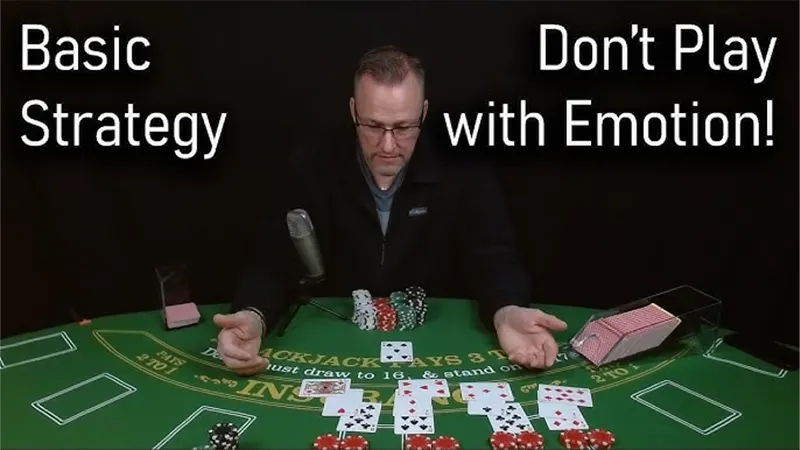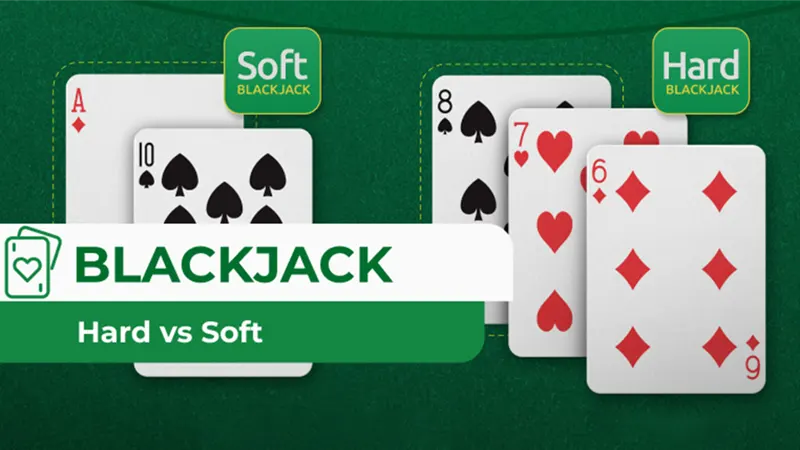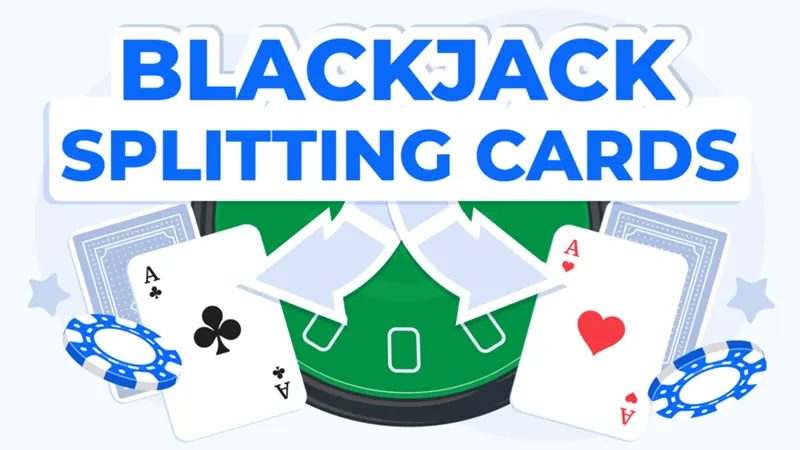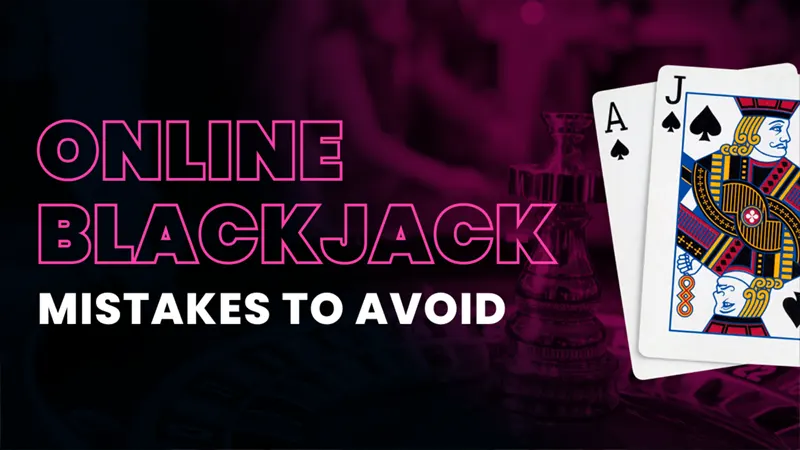Blackjack is more than just a game of luck – it’s a strategic card game that demands discipline, knowledge, and careful decision-making. While the rules appear simple on the surface, the depth of strategy required to play optimally often catches new players off guard.
The harsh reality is that many beginners lose money quickly, not because they’re unlucky, but because they make fundamental mistakes that could easily be avoided with proper guidance. These errors compound over time, turning what should be an enjoyable gaming experience into a frustrating and expensive lesson.
This comprehensive guide will identify the most common mistakes that new Blackjack players make, explain why these errors are so costly, and provide clear strategies to avoid them. Whether you’re preparing for your first session or looking to improve your current play, these insights will be particularly valuable when playing at 91 Club, where understanding proper strategy can make the difference between success and disappointment.
Mistake #1: Playing on Emotion Instead of Strategy
One of the most destructive habits new players develop is making decisions based on “gut feelings” rather than mathematical logic. This emotional approach to Blackjack manifests in various ways: standing on 16 because you’re “scared” of busting, regardless of what the dealer is showing, or hitting on 18 because you have a “feeling” the next card will be a 3.
The Costly Consequences
Playing by emotion creates several serious problems. First, it dramatically increases your loss rate since emotional decisions rarely align with mathematically optimal plays. Second, it makes your gameplay inconsistent and unpredictable, preventing you from developing any real skill or understanding of the game. Finally, emotional play makes it impossible to properly assess and control risk, leading to poor bankroll management and larger losses than necessary.

How to Avoid This Mistake
The solution is straightforward but requires commitment: learn and consistently apply Basic Strategy. This mathematically proven system tells you the optimal decision for every possible hand combination against every dealer upcard. Start by using a Basic Strategy chart during play – there’s no shame in consulting it until the decisions become second nature.
Take advantage of 91 Club’s practice mode to drill these decisions without risking real money. The more you practice making the correct strategic choice instead of the “comfortable” emotional choice, the faster you’ll develop the discipline needed for successful play. Remember, feelings don’t affect card probabilities – only proper strategy can give you the edge you need.
Mistake #2: Poor Bankroll Management
Perhaps no mistake is more devastating to new players than failing to properly manage their gambling bankroll. This error takes many forms: betting their entire budget on just a few hands, increasing bet sizes after losses in an attempt to “get even quickly,” or simply sitting down to play without any predetermined budget or limits.
The Catastrophic Results
Poor bankroll management leads to a cascade of problems that can ruin your entire gambling experience. Without proper budget controls, you’ll inevitably lose control of your finances, often betting money you can’t afford to lose. This financial pressure creates emotional stress that further impairs your decision-making ability.

The most dangerous aspect is the psychology of “chasing losses” – the tendency to make larger and larger bets to try to recover previous losses quickly. This approach almost always results in even bigger losses and can quickly spiral out of control, turning a small setback into a financial disaster.
Implementing Proper Money Management
Successful bankroll management starts before you even begin playing. Set a specific budget for each gaming session and stick to it religiously – never chase losses with money you can’t afford to lose. A good rule of thumb is to never risk more than 5% of your total bankroll on any single hand.
Consider using fixed betting strategies where you bet the same amount regardless of whether you’re winning or losing. Alternatively, you can divide your session bankroll into smaller portions, playing only one portion at a time and taking breaks between segments.
91 Club offers built-in betting limits and responsible gaming tools – take full advantage of these features. Set daily, weekly, or monthly limits before you start playing, and don’t override them when you’re in the heat of the moment. These tools are designed to protect you from your own impulses during emotional moments.
Mistake #3: Misunderstanding Soft and Hard Hands
One of the most fundamental concepts that trips up new players is the difference between “soft” and “hard” hands, and more importantly, how to play each type correctly. This confusion leads to consistently poor decisions that significantly reduce your chances of winning.
The Critical Distinction
A “hard” hand either contains no Aces or counts any Aces as 1 point to avoid busting. For example, King-6 equals a hard 16, and Ace-7-9 equals hard 17 (counting the Ace as 1). A “soft” hand contains an Ace counted as 11 points, giving you flexibility since the Ace can be revalued if needed. Ace-6 equals soft 17, where you can still take another card without fear of busting.
Why This Mistake Is So Costly
When players don’t understand this distinction, they make fundamentally wrong decisions. The most common error is playing soft hands too conservatively – for instance, standing on soft 17 (Ace-6) when you should often hit or even double down, depending on the dealer’s upcard. This misunderstanding costs players numerous opportunities to improve weak hands safely.

Mastering Soft and Hard Hand Strategy
Take time to thoroughly understand both hand types and their strategic implications. Soft hands offer much more flexibility and aggressive play opportunities than hard hands of the same total. For example, with soft 17 against a dealer’s 6, you should double down because you can’t bust and have excellent chances of improving to a strong hand.
Use 91 Club’s practice mode to specifically work on soft hand situations until they become instinctive. Many online Blackjack Strategy Guide resources offer specific drills for soft hand play – take advantage of these tools to strengthen this crucial skill.
Mistake #4: Incorrect Pair Splitting Decisions
Splitting pairs is one of the most powerful tools in Blackjack, but it’s also one of the most misused by beginners. New players often split pairs at the wrong times or fail to split when they should, missing valuable opportunities or creating unnecessary risks.
Common Splitting Errors
The most expensive mistake is failing to split Aces and 8s, which should virtually always be split regardless of the dealer’s upcard. Conversely, many beginners split 10-value cards (10s, Jacks, Queens, Kings) because they want “two chances to get 21,” not realizing they’re breaking up an excellent 20-point hand.
Another frequent error is splitting 5s, which should be treated as a 10 and potentially doubled down rather than split into two weak hands starting with 5 points each.
The Cost of Poor Splitting Strategy
Incorrect splitting decisions can cost you money in two ways: missing opportunities to turn bad situations into good ones (like failing to split 8-8 against a dealer 10), and turning good situations into bad ones (like splitting 10s and potentially ending up with two mediocre hands instead of one excellent hand).

Learning Optimal Splitting Strategy
Memorize the basic splitting rules: always split Aces and 8s, never split 10s and 5s, and learn the conditional splits for other pairs based on the dealer’s upcard. The logic is straightforward once you understand it – you’re trying to improve bad situations and avoid making good situations worse.
Focus specifically on the Pair Splitting section of Basic Strategy, and practice these decisions repeatedly until they become automatic. Remember that splitting creates two separate hands, each requiring its own bet, so make sure your bankroll can handle the additional investment.
Mistake #5: Ignoring the Dealer’s Upcard
Many new players make the critical error of focusing solely on their own hand while completely ignoring the dealer’s visible card. This tunnel vision approach leads to poor strategic decisions because Blackjack strategy is always relative – what’s right for your hand depends heavily on what the dealer is showing.
The Strategic Importance of the Dealer’s Card
The dealer’s upcard provides crucial information about their likely final hand total. When the dealer shows a weak card (2 through 6), they have a higher probability of busting, which means you can play more conservatively with marginal hands. When they show a strong card (7 through Ace), they’re likely to make a good hand, requiring you to play more aggressively.
How This Oversight Hurts Your Game
Ignoring the dealer’s upcard causes you to miss numerous strategic opportunities. You might hit when you should stand (against weak dealer cards), or stand when you should hit (against strong dealer cards). You’ll also miss profitable doubling opportunities and make incorrect splitting decisions.

For example, standing on hard 16 is correct against a dealer 6 (they might bust), but hitting is correct against a dealer 10 (they’re likely to make a strong hand). Making the same decision regardless of the dealer’s card is strategically disastrous.
Developing Dealer Awareness
Train yourself to always consider both factors in every decision: your hand total and the dealer’s upcard. This two-factor analysis is the foundation of all proper Blackjack strategy. Practice scenarios where you have the same hand against different dealer upcards to reinforce how dramatically the correct decision can change.
Use this dual-factor approach for every action: hitting, standing, doubling down, and splitting. The dealer’s upcard should influence every single decision you make at the Blackjack table.
Avoiding Mistakes to Maintain Your Edge
The difference between successful and unsuccessful Blackjack players isn’t luck – it’s the consistent avoidance of costly mistakes that can easily be prevented with proper preparation and discipline. New players typically lose money not because the cards are against them, but because they make fundamental errors that compound over time.
Learning proper strategy and practicing regularly will dramatically reduce your risk and improve your overall gaming experience. Each mistake you avoid is money saved and confidence gained. The investment in learning correct play pays dividends every time you sit down at the table.
Start your improvement journey by utilizing 91 Club’s practice mode to develop your skills without financial risk. Learn and apply Basic Strategy step by step, focusing on one area at a time until each becomes natural. Most importantly, play with discipline – this mental approach is your first and most important victory.
In Blackjack, knowing what not to do is often more valuable than knowing advanced techniques. Master the fundamentals, avoid common pitfalls, and maintain emotional control. Remember: consistent, disciplined play based on sound strategy will always outperform sporadic, emotion-driven decisions, regardless of short-term results.

